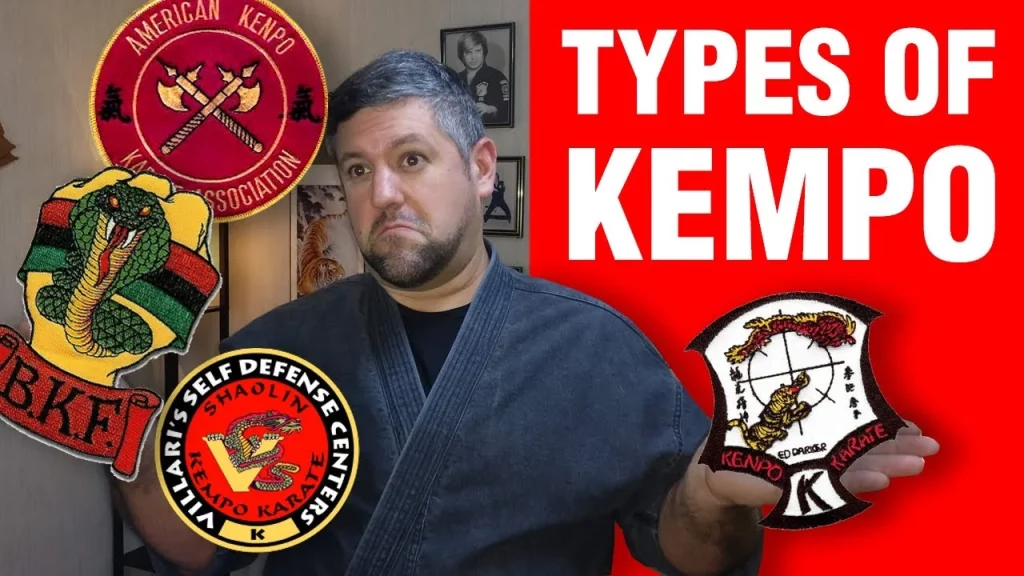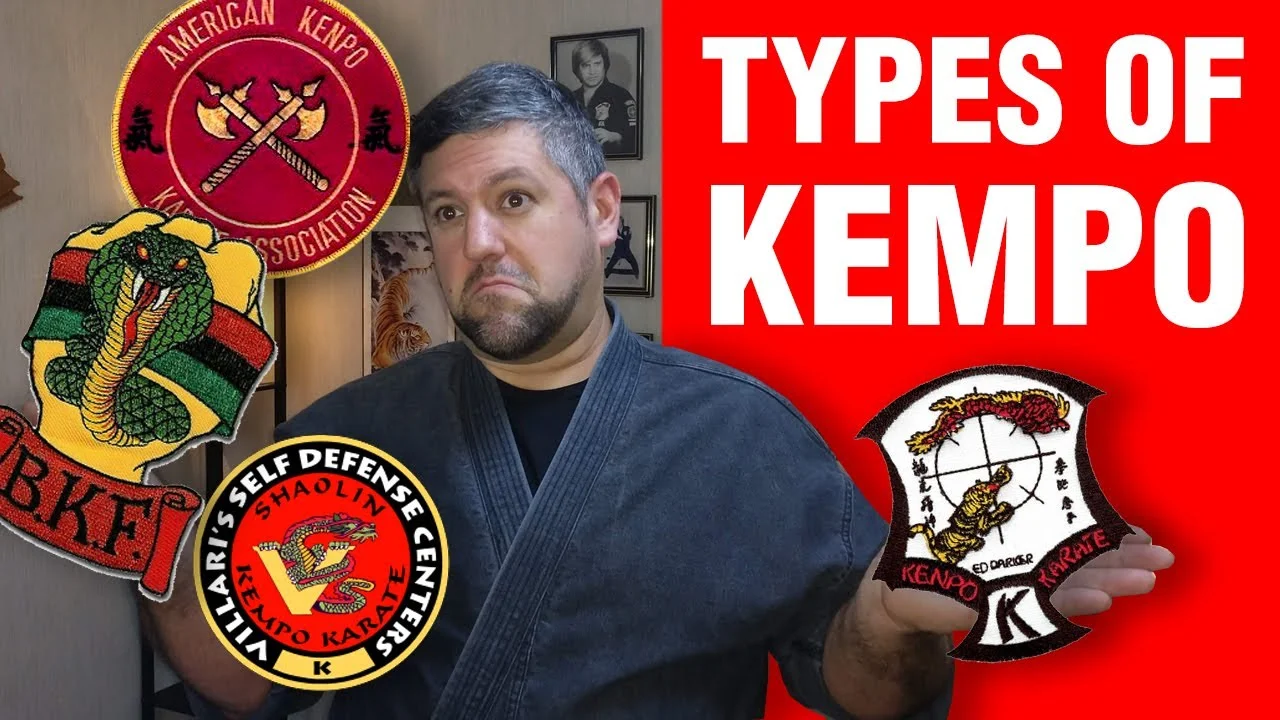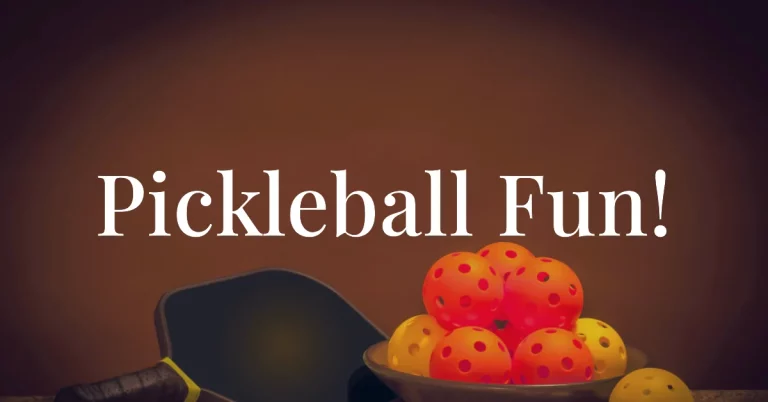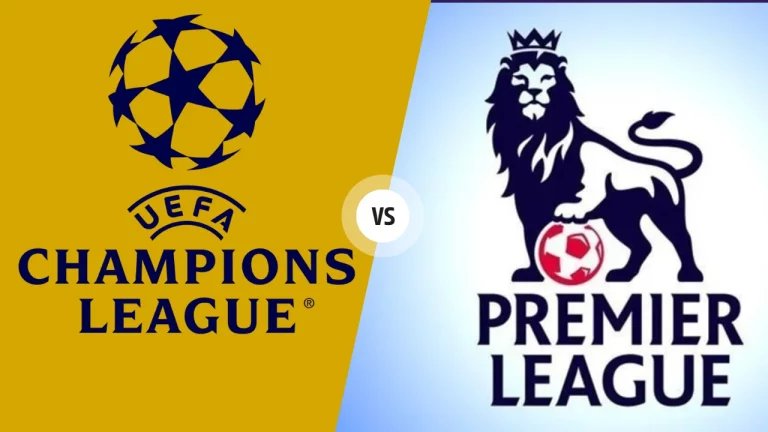Difference Between Kempo and Kenpo
Understand Difference Between Kempo and Kenpo two essential martial arts style. There is no difference between Kempo and Kenpo. Both terms refer to the same martial art, which is a generic term for a number of different styles of martial arts that originated in Japan.
The Japanese word for Kempo is 拳法, which is made up of the characters 拳 (ken), meaning “fist”, and 法 (ho), meaning “law” or “way”. In English, this can be transliterated as either Kempo or Kenpo. There is no difference in the meaning of the two terms.
The term Kempo is thought to have originated in China. It was brought to Japan by Chinese monks in the 17th century. Kempo quickly became popular in Japan, and a number of different styles of Kempo developed.

Some of the most popular styles of Kempo include:
- American Kenpo
- Chinese Kenpo
- Okinawan Kenpo
- Shorin-ryu Kempo
- Uechi-ryu Kempo
Historical Context: Kenpo and Kempo
Kenpo: Japan and America
- Historically stemming from traditional Japanese jujutsu, Kenpo was brought to Hawaii by its founder, James Mitose. Where it developed as Kenpo Karate, a fusion of Japanese and American martial arts.
- Kenpo is also known as American Kenpo Karate, popularized by Ed Parker in the United States during the mid-20th century.
Kempo: Shaolin Chinese Style
- Kempo, on the other hand, has its roots in the Shaolin Temple of ancient China, deriving from the influential Shaolin Kung Fu martial arts system.
- Gradually, Kempo incorporated elements of Japanese martial arts, creating a fluid blend of Chinese and Japanese techniques.
Core Principles:
Kenpo:
- Focuses on self-defense techniques built around fast and powerful strikes, such as punches, kicks, elbows, and knees.
- Stance: Horse stance with left foot forward, offering a stable base for attack or defense.
- Forms: Features multiple forms (“katas”) that incorporate fluid hand and leg movements in offense and defense sequences.
- Sparring and training: Emphasizes controlled sparring (“kumite”) and practical application of self-defense skills in real-life situations.
Kempo:
- Employs a more rounded approach to self-defense, including a mixture of dynamic strikes, grappling, joint locks, and throws.
- Stance: Horse stance with right foot forward, adapting to a range of offensive and defensive techniques.
- Forms: Incorporates traditional Chinese forms (“taolu”) and Japanese forms (“kata”), emphasizing fluidity and harmony of movements.
- Sparring and training: Focuses on practicing drills and techniques, applying different training methodologies, and “kyorugi” (sparring with an opponent).
Practical Applications & Selecting the Right Martial Art for You
Kenpo:
- Excels in developing the abilities to read and understand your opponent’s movements, using speed and power to strike, and mastering important self-defense skills.
- Ideal for individuals whose primary aim is to hone powerful and effective self-defense techniques in an ever-evolving martial arts system.
Kempo:
- Promotes an emphasis on balance and coordination in both offensive and defensive movements, fostering a well-rounded skill set.
- Suitable for those who are looking to explore a diverse range of techniques, from striking to grappling, within an adaptable martial art that merges Chinese and Japanese styles.
In summary, Kempo and Kenpo are two distinct martial arts systems with separate origins and characteristics. Kempo, originating in Japan, emphasizes self-defense and practicality, while Kenpo, originating in China and later brought to the United States, focuses on quick strikes, fluid movements, and a comprehensive combat approach. Understanding these differences helps practitioners choose the martial arts style that aligns with their preferences and goals.





